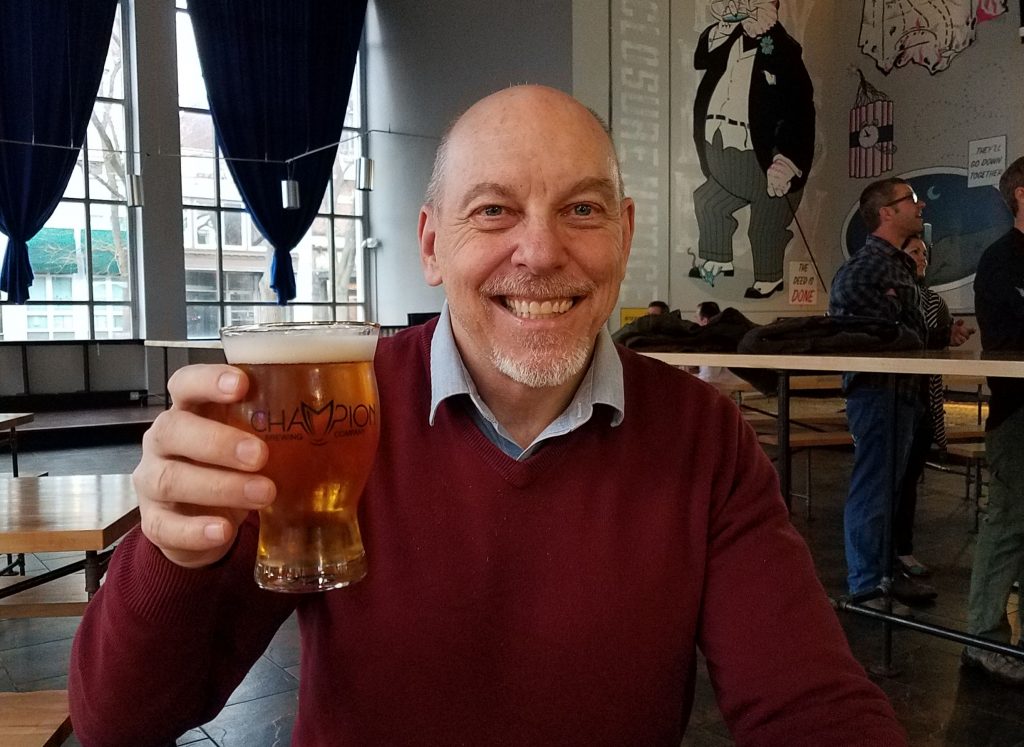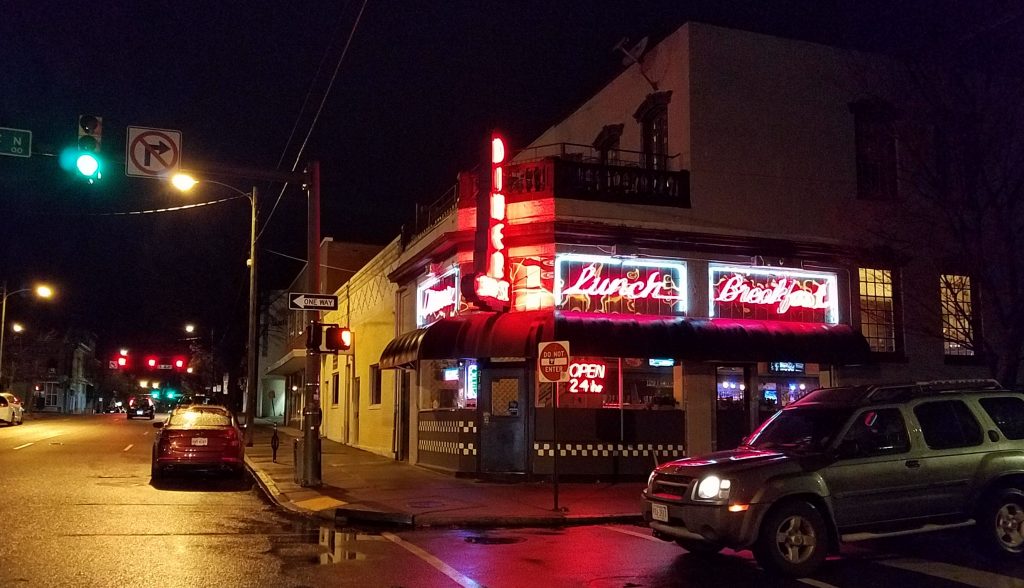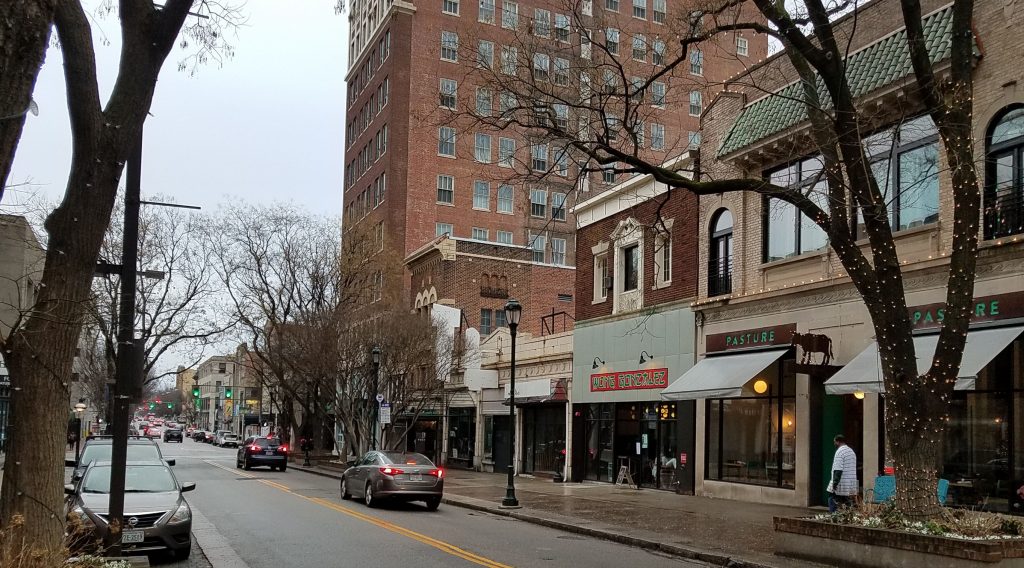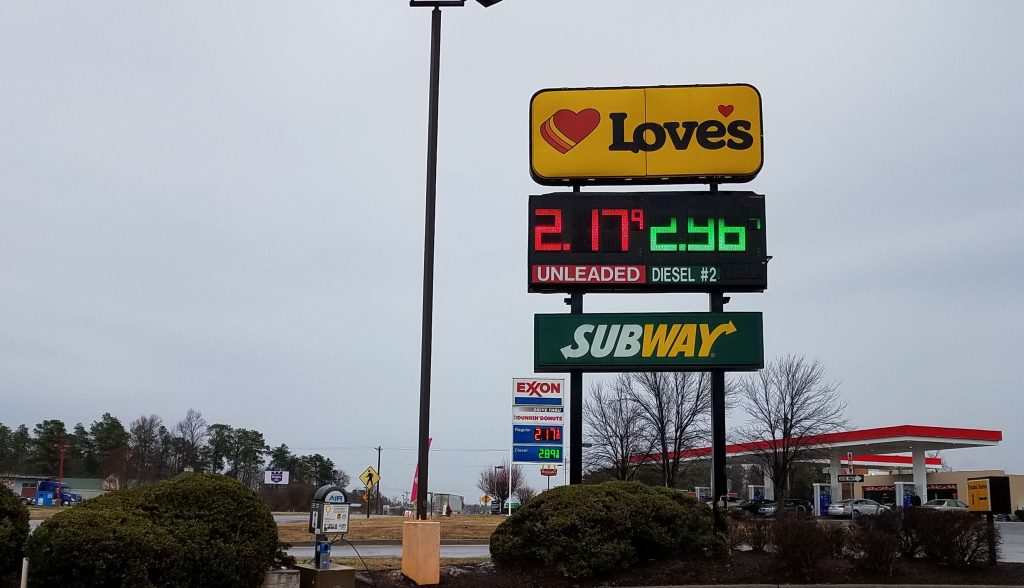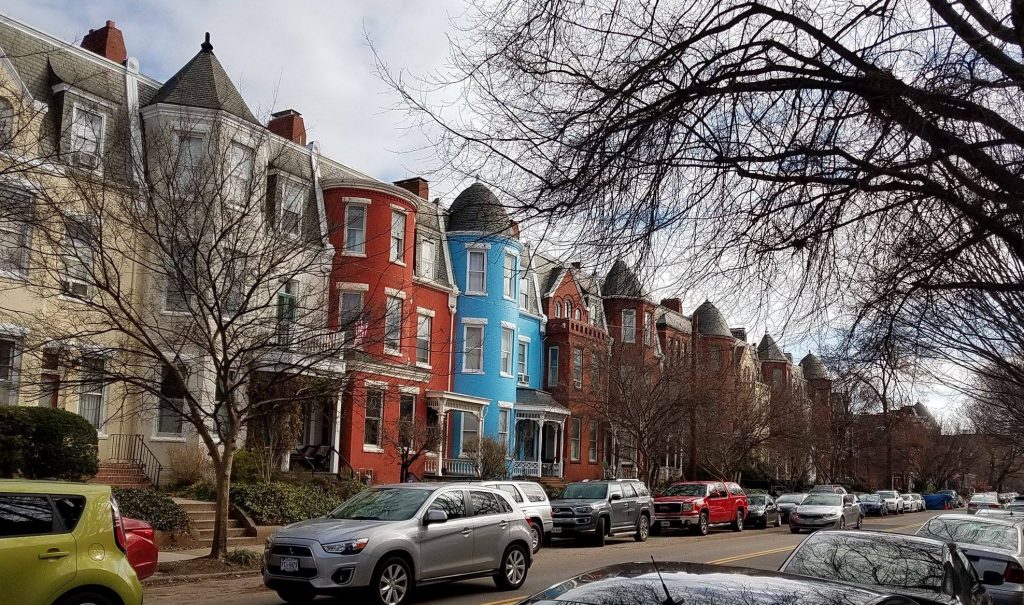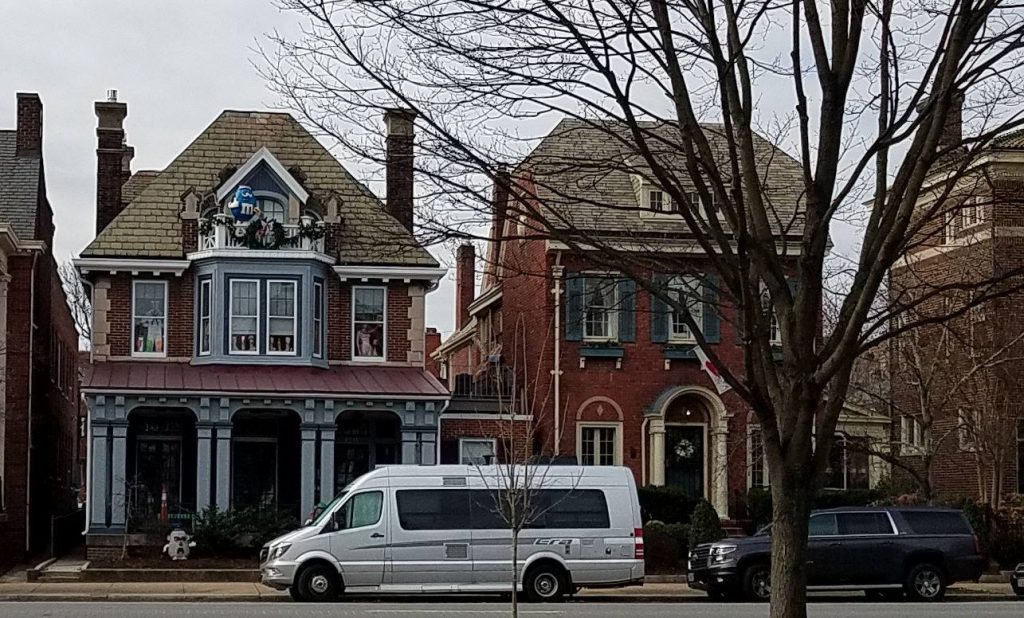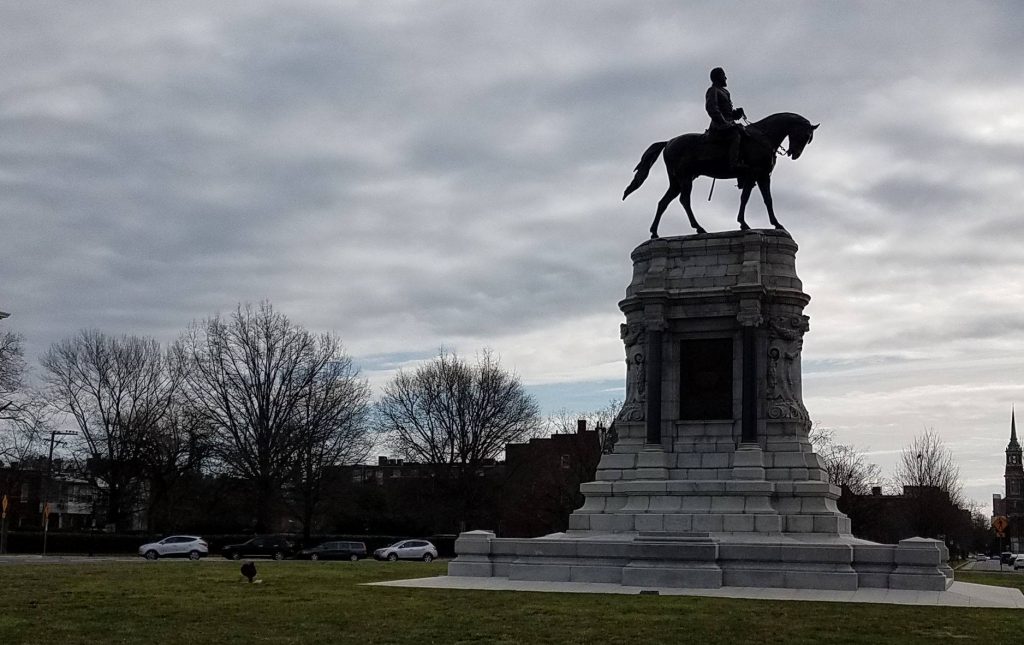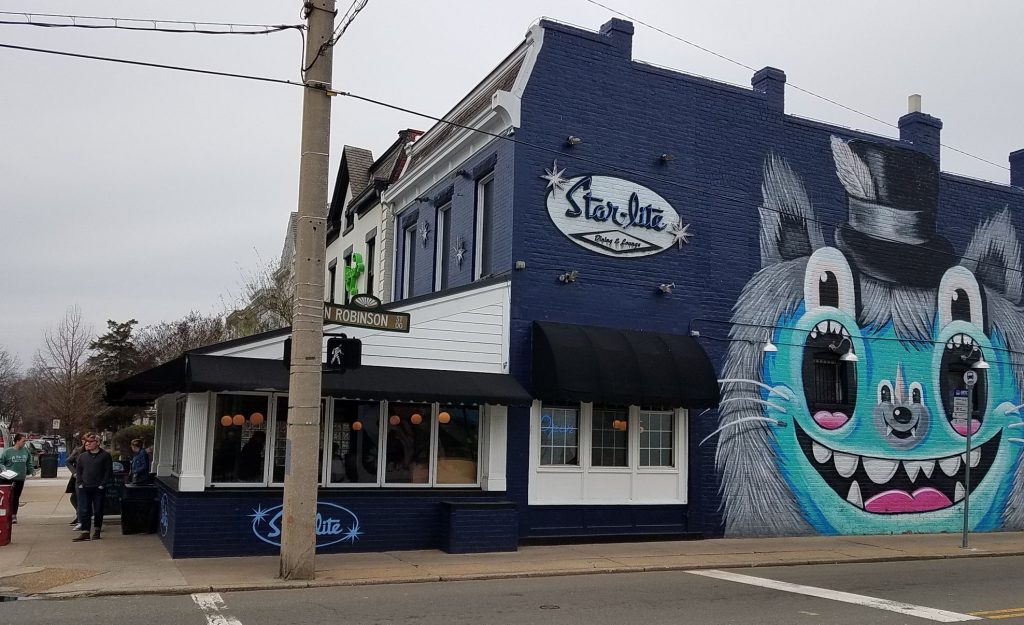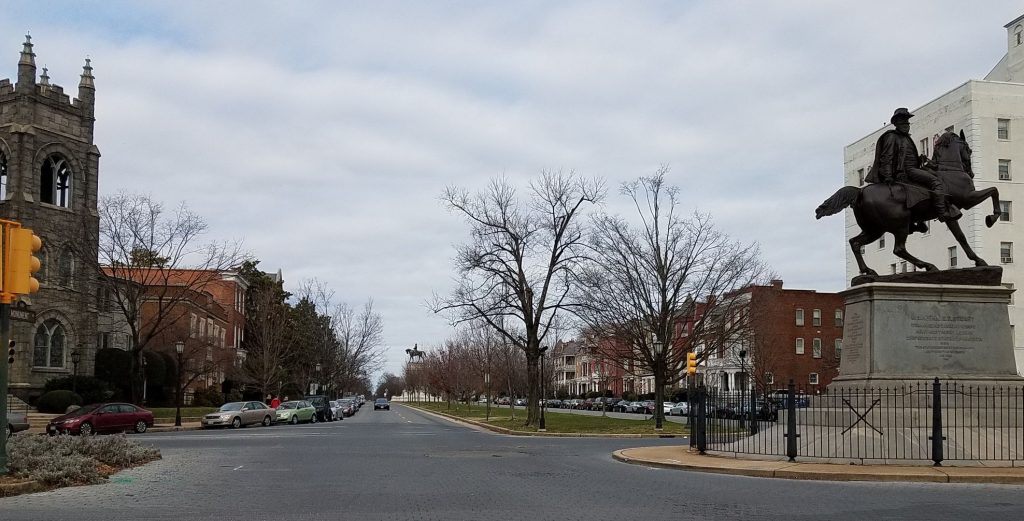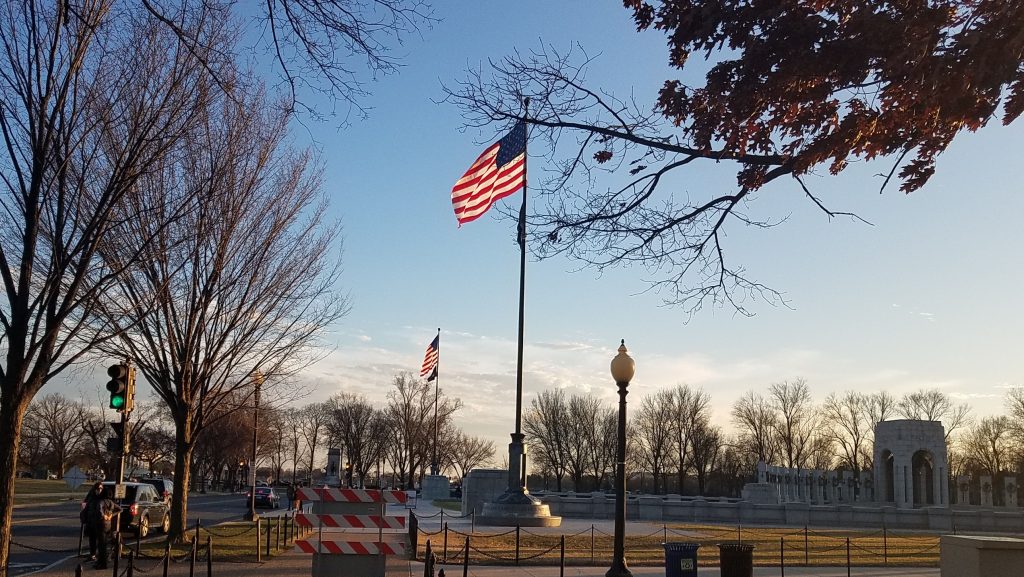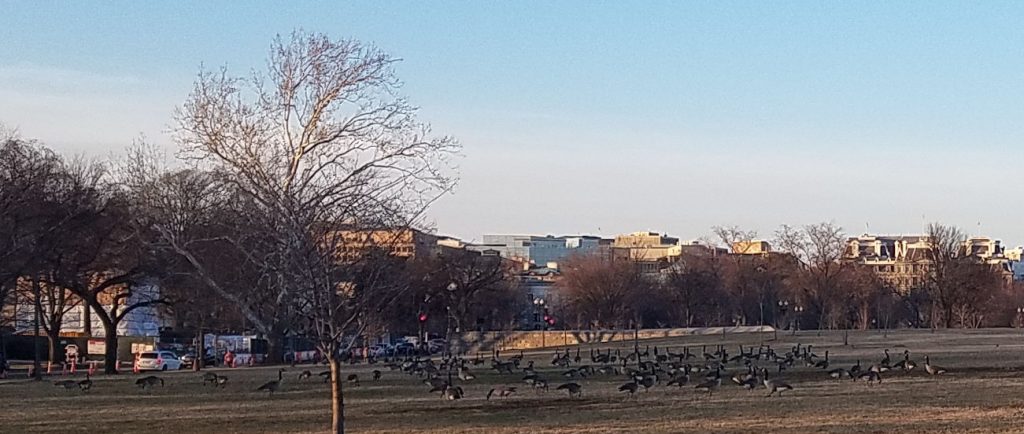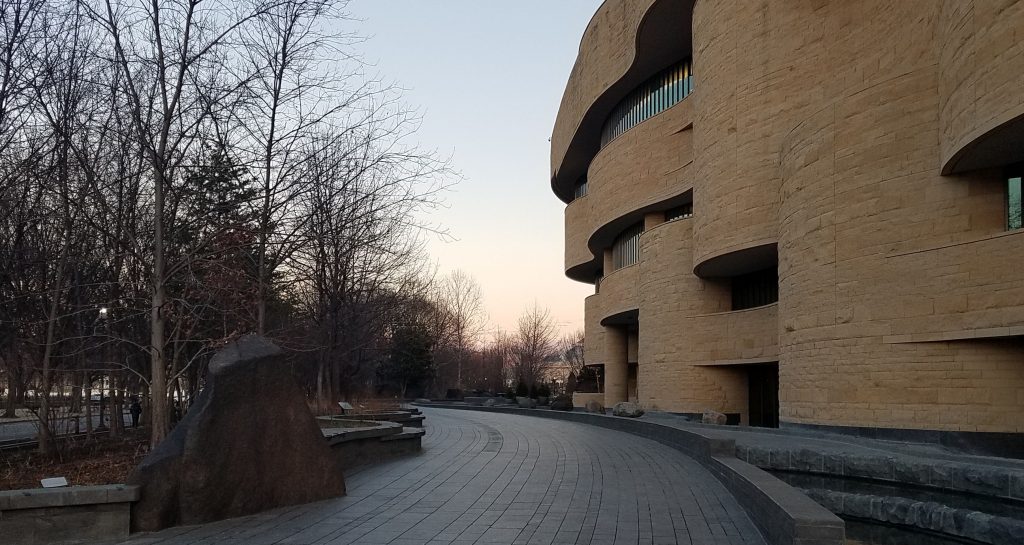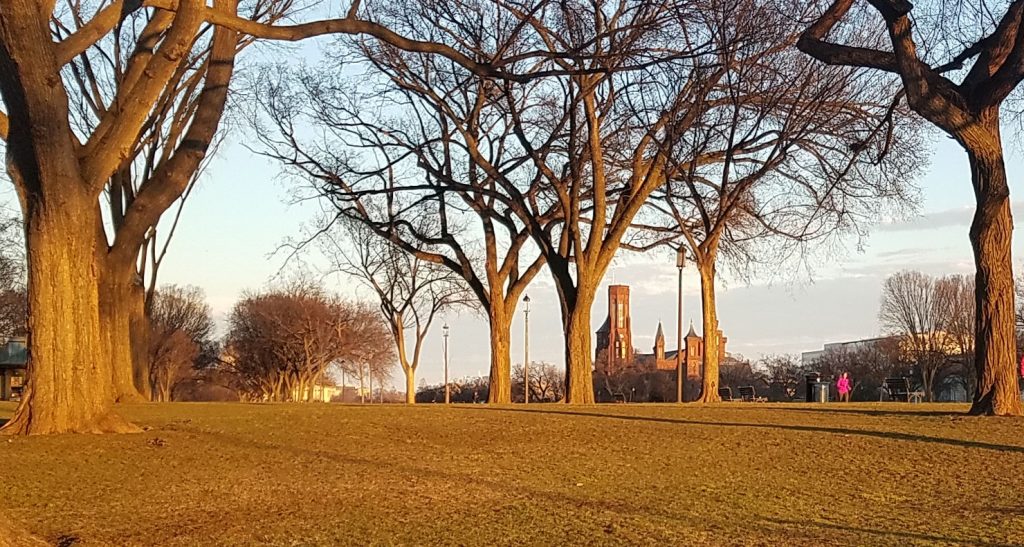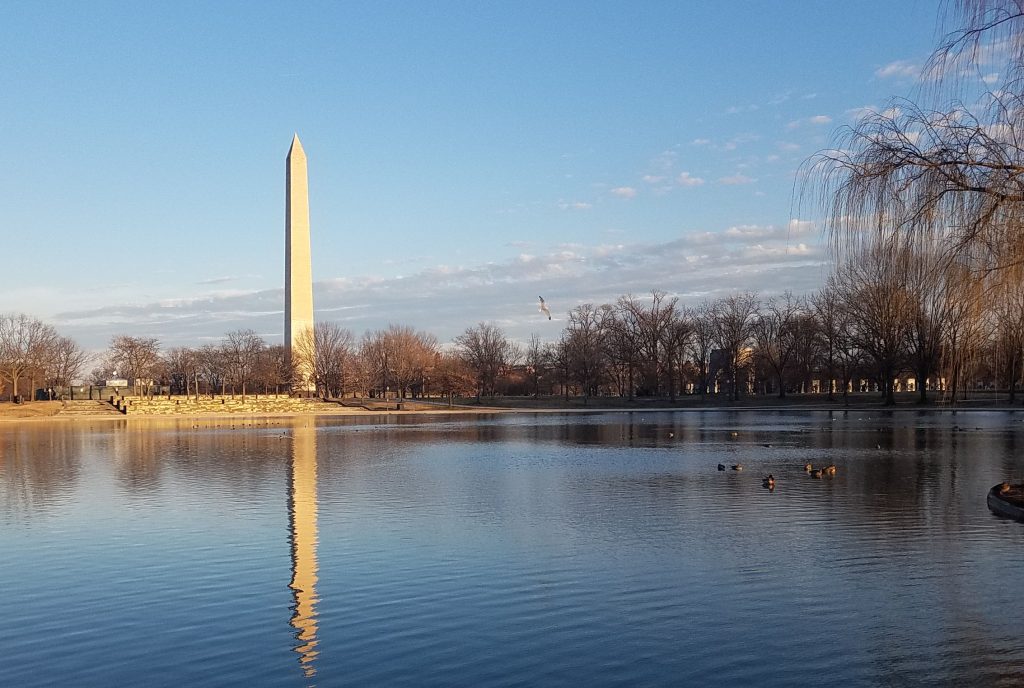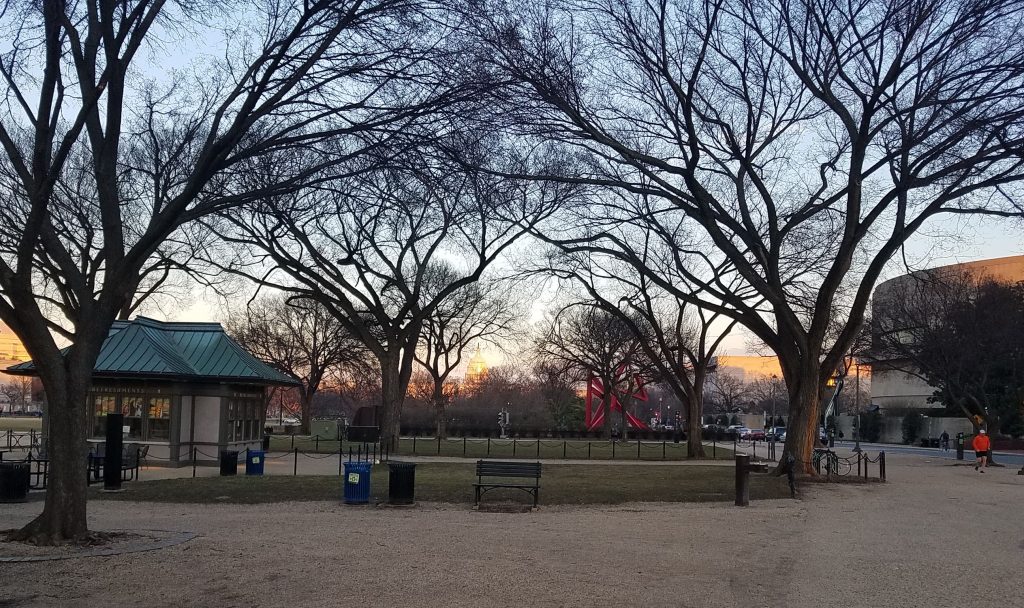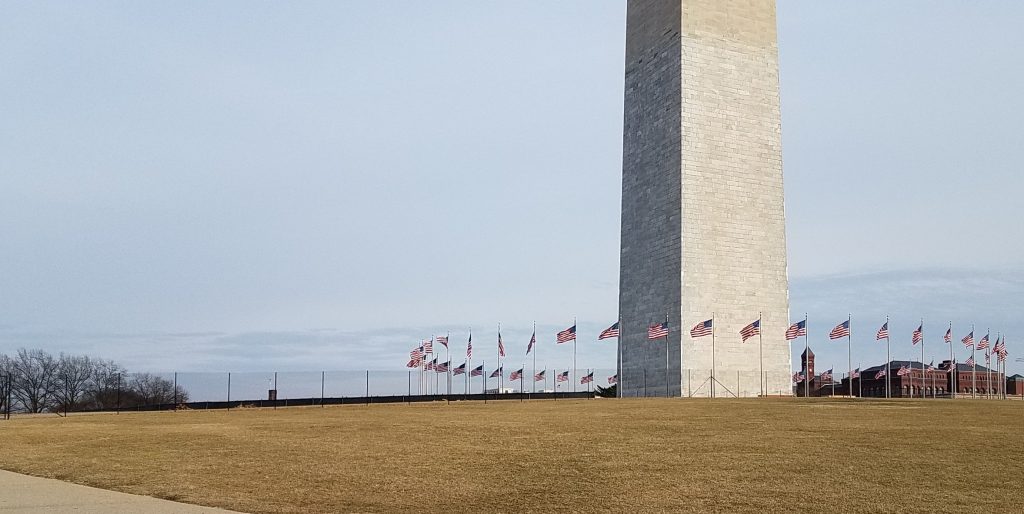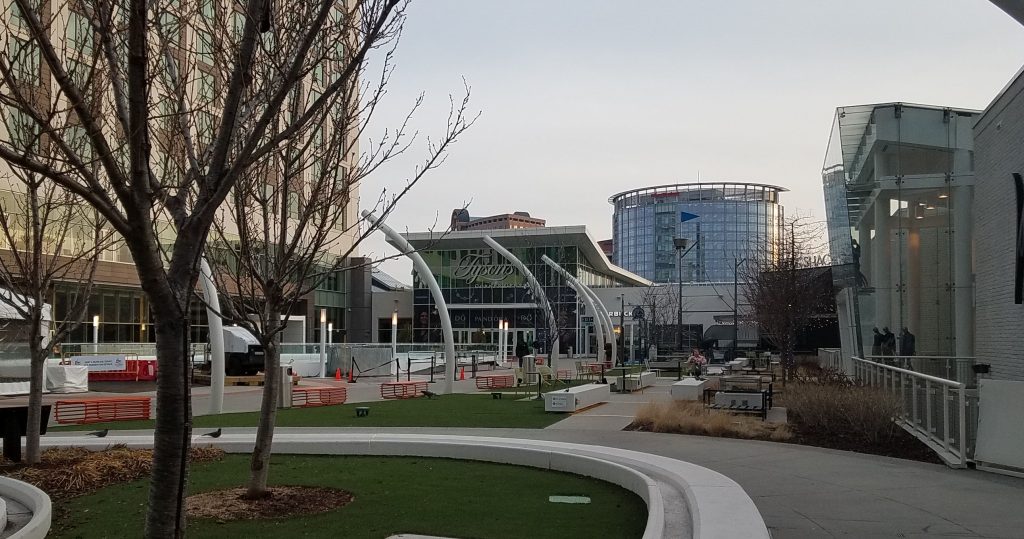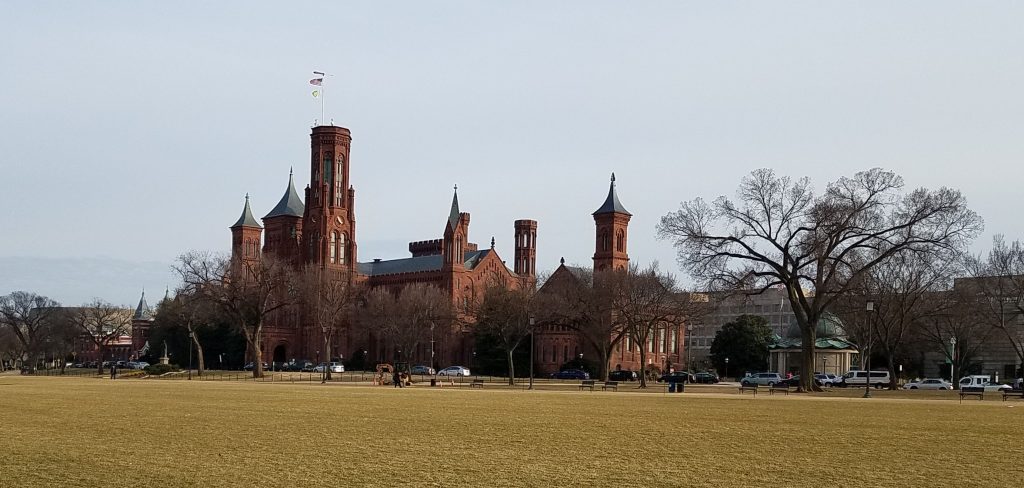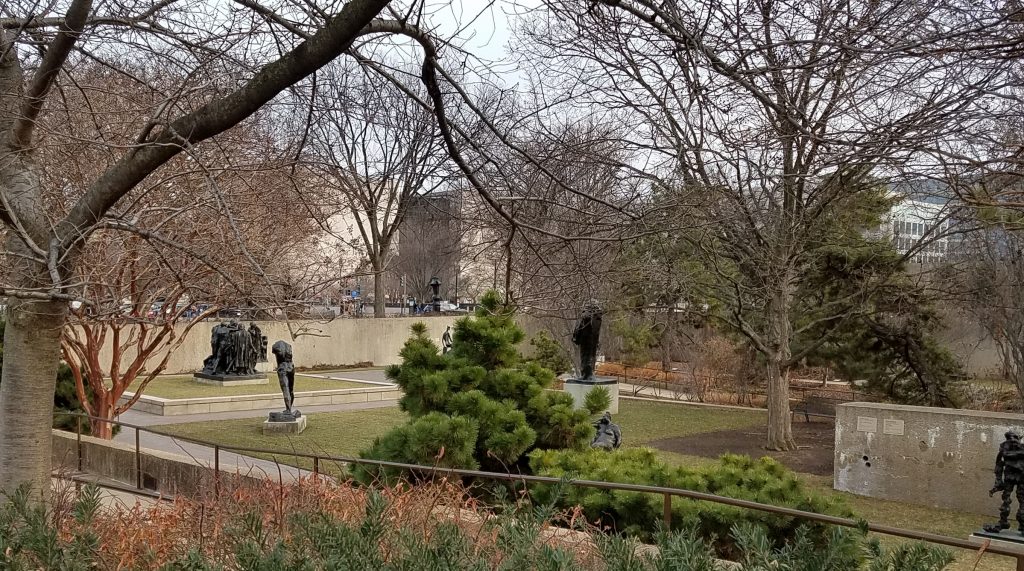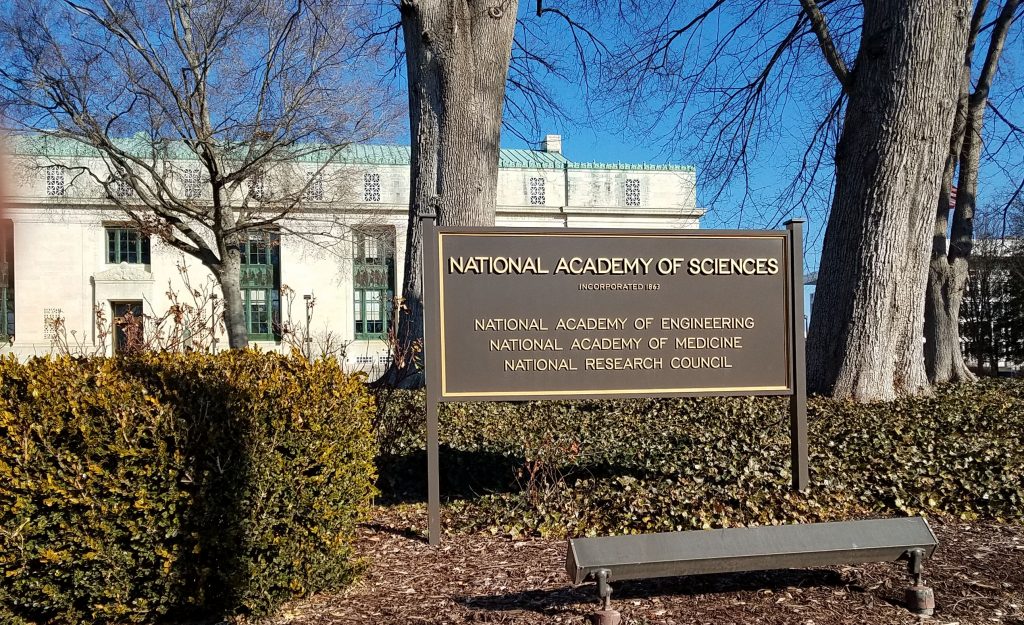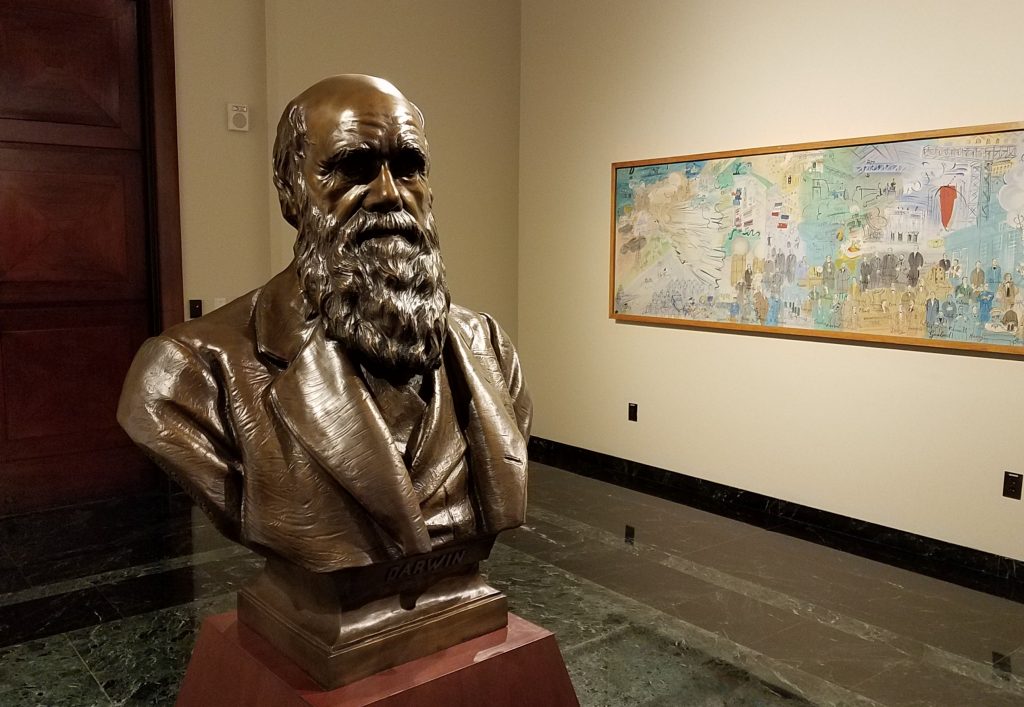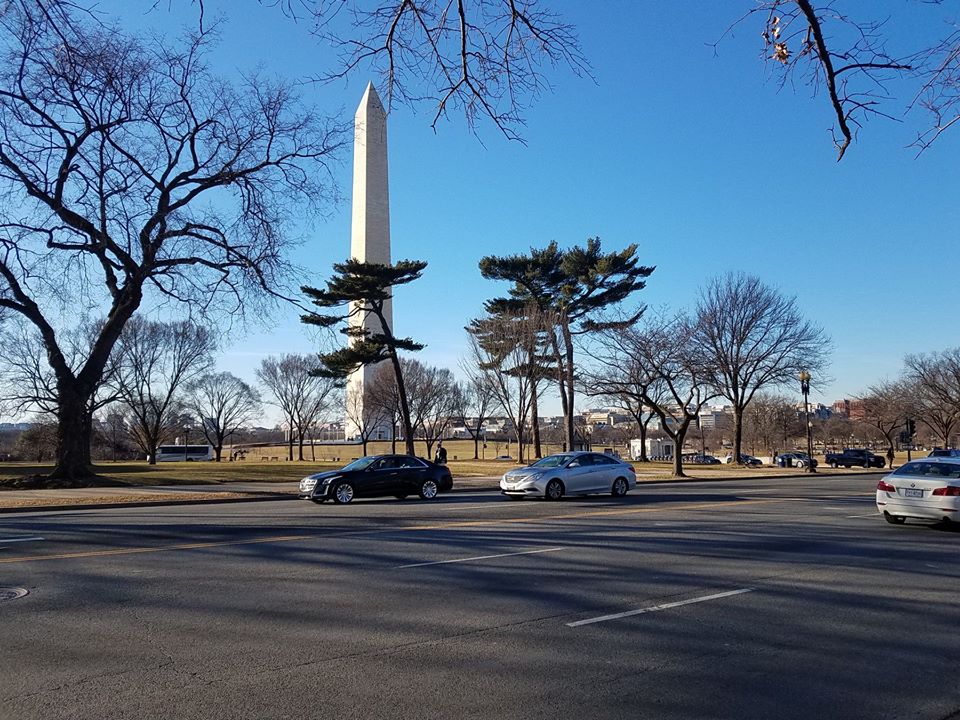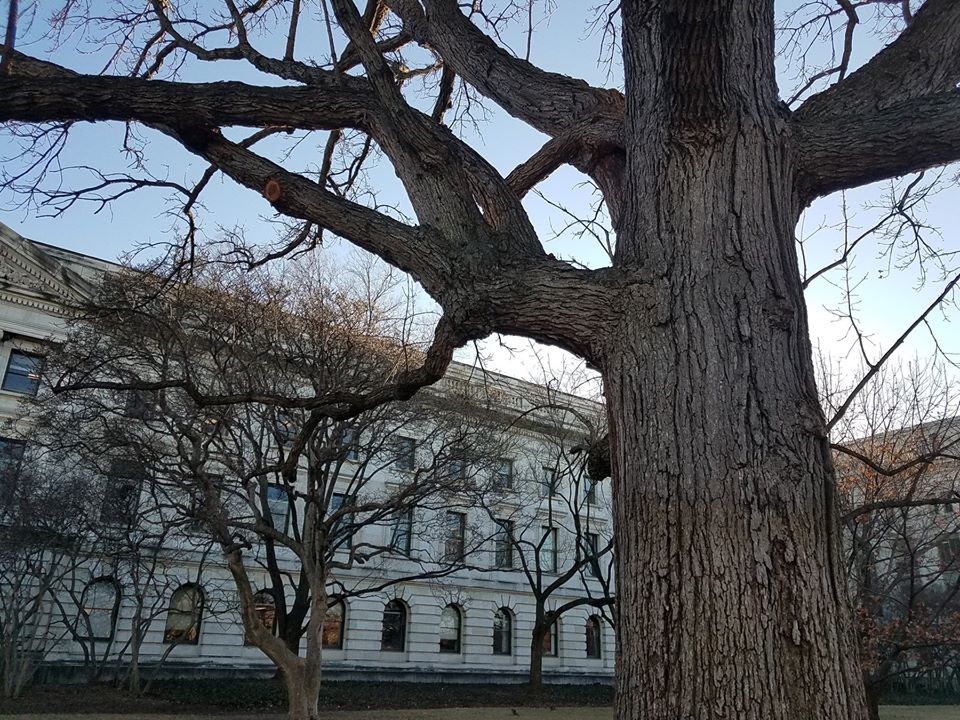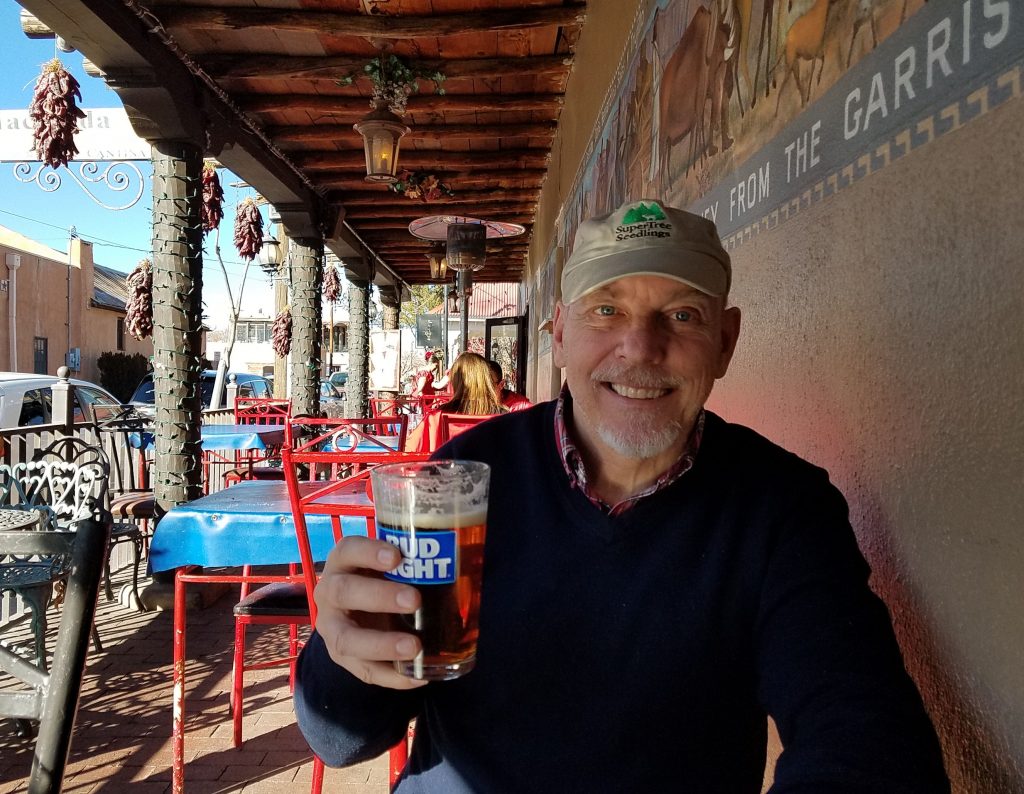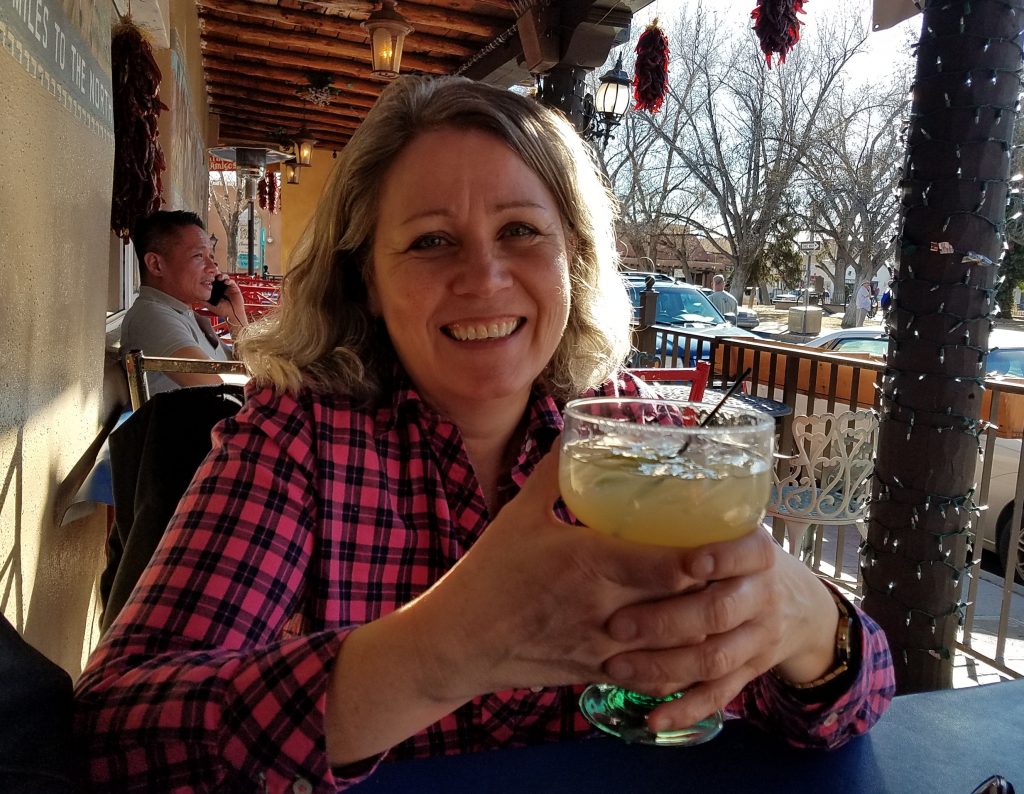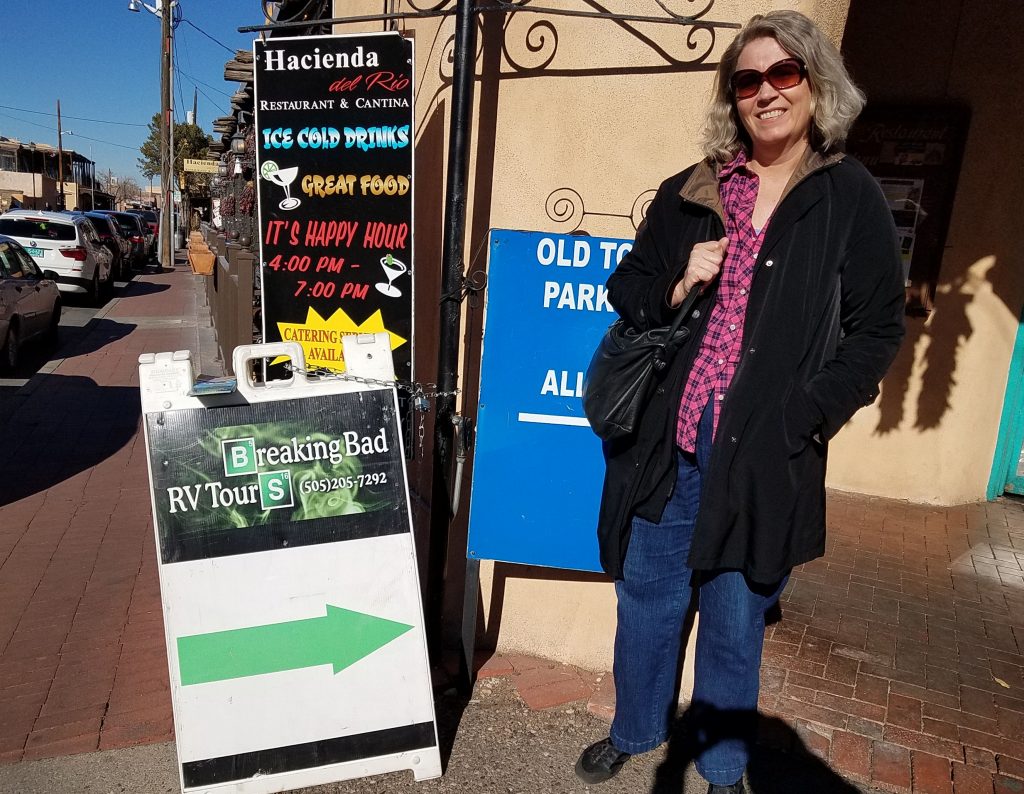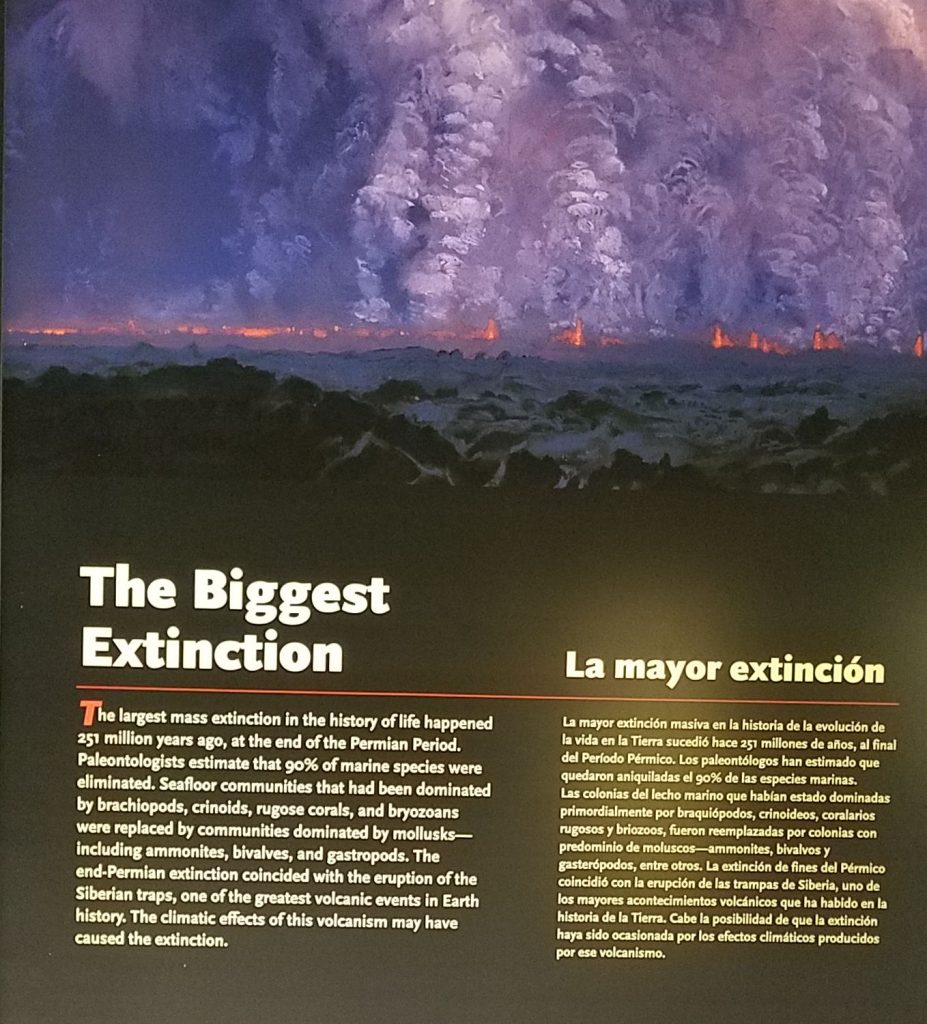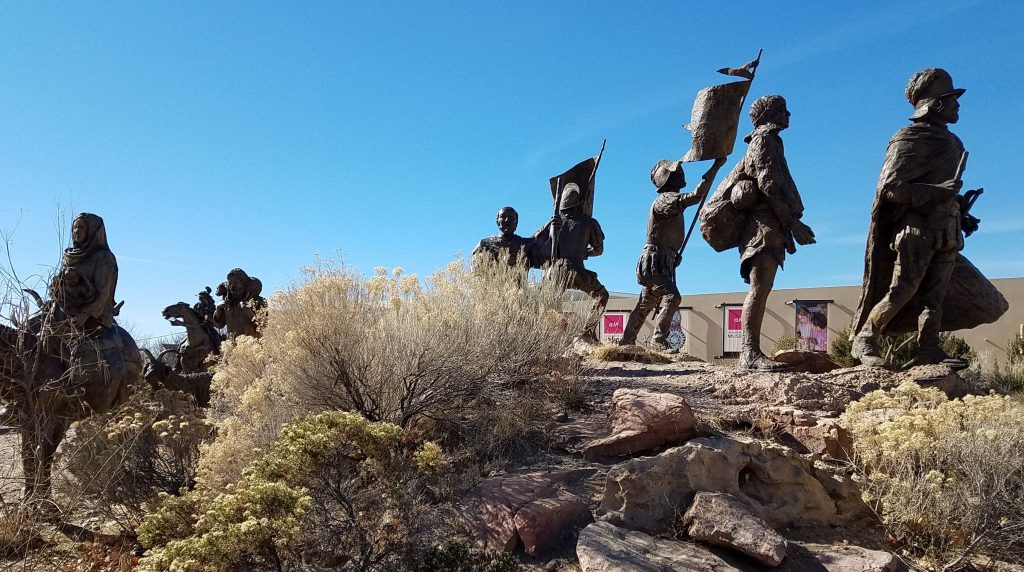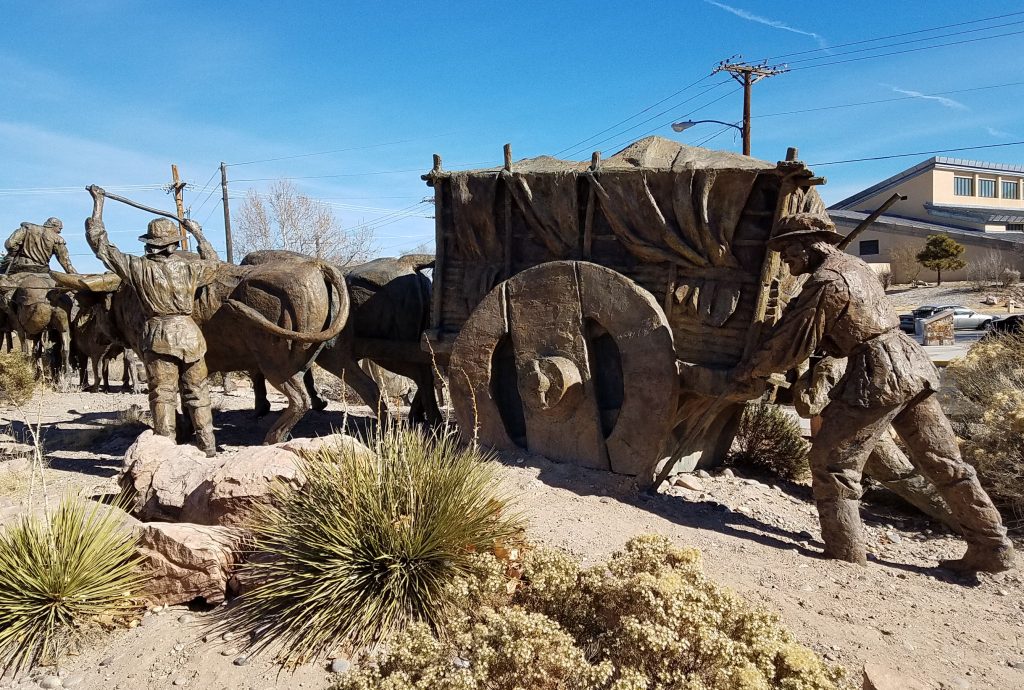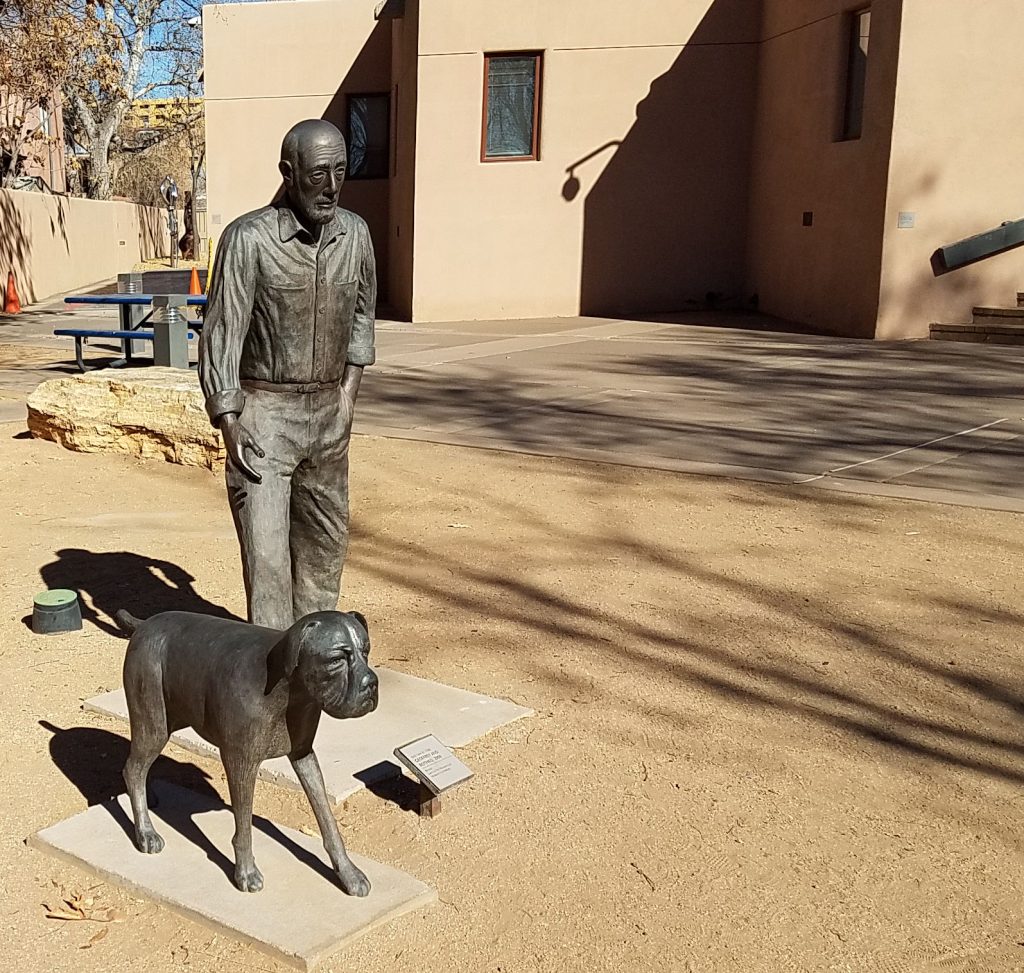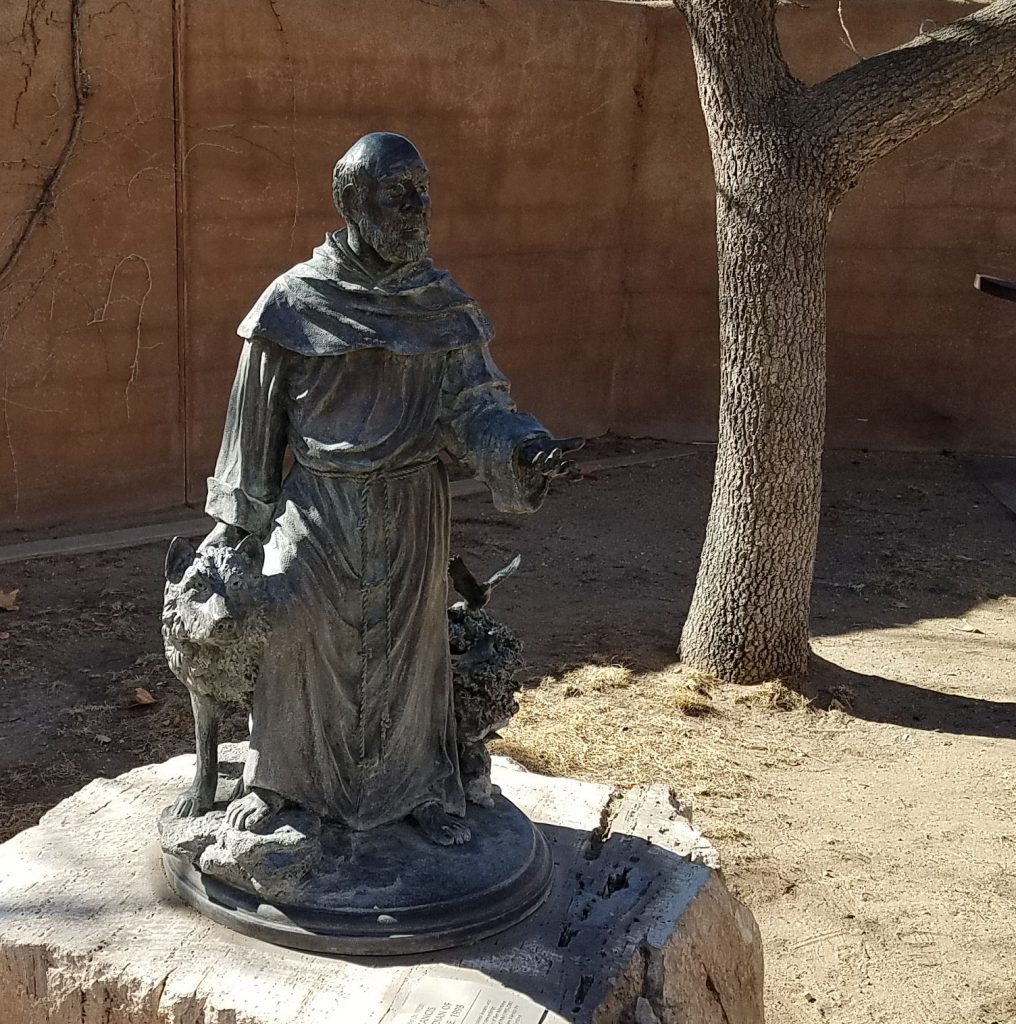Just finished “Enlightenment Now.” I have been reading Pinker’s work since “Blank Slate,” and went to lectures a few times. He is the quintessential reasonable man and a true liberal in the real sense.
The Economist does a better job than I would in reviewing the book. I would emphasize a few points that I think key.
First is the Pinker is a near absolutist on defending free speech. I agree 100%. Free speech is the basis of all our all of our science and most of our liberty. He laments that fact that the defense of free speech has become more identified with the right than with the left these days. Second is that a reasonable person does not demand perfection because he knows that perfection is not possible and even defining what perfection means is not possible over the whole system. Pluralism is better, since that allows for improvement.
In fact, demand for perfection is the hallmark of totalitarians.
Pinker did not say this exactly, but I thought about it from what he did say. Progress in human affairs and evolution in nature depends on variation and selection. There is nothing fated to happen. History is contingent and can go in many directions. Some things happen by coincidence and there is no meaning beyond that. So the best system is not one that produces the one true result, but rather one that throws up lots of possible options, so far so good.
Some people like to say that there are no stupid ideas, but they are mistaken. However, the stupid ideas may be useful in that they might stimulate or reveal better ones. The problem comes in the selection phase. We praise creativity, but sometimes dislike the pruning process.

Steven Pinker’s case for optimism “Enlightenment Now” explains why the doom-mongers are wrong economist.com


